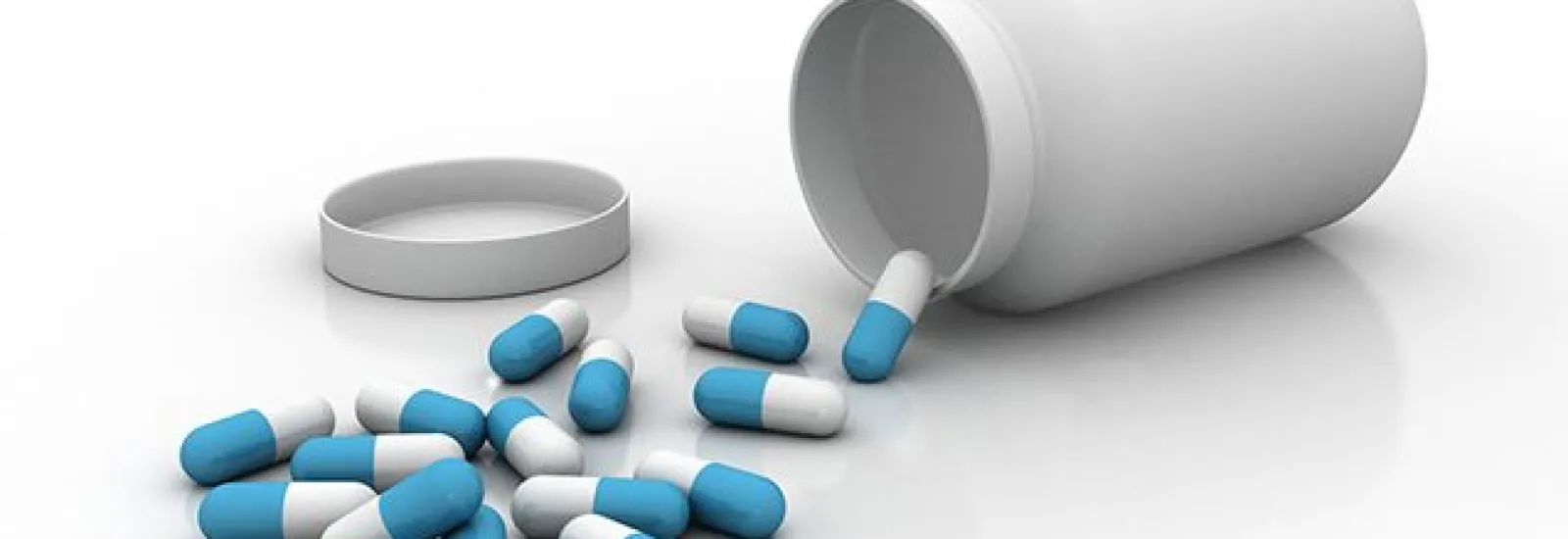
Antibiotic resistant bacteria: What to know
You probably don’t think much about antibiotics until you get sick. But according to the Food and Drug Administration (FDA) we should think about how we use antibiotics because misuse and overuse of these drugs have contributed to a global problem called antibiotic resistant bacteria.

Know the causes
Antibiotic resistance happens when bacteria change in a way that makes killing them with antibiotics less effective the FDA explained. In addition they can spread from person to person.
“The broader implication if bacterial resistance continues to develop is that more and more bacterial infections will be resistant to our narrow-spectrum antibiotics requiring stronger more broad-spectrum treatment” said Dr. Casselman. “Bacteria may eventually become resistant to all antibiotic options so we would have no way to treat an infection.”
Understand allergies
There are many contributing factors causing the growth of antibiotic resistant bacteria. One common example is the overuse of broad-spectrum antibiotics for common infections. A more narrow-spectrum approach with an antibiotic directed at a specific family or group of bacteria is the ideal way to manage these cases explained Dr. Casselman.
A related problem is the overstatement of a true penicillin allergy which forces physicians to avoid prescribing related antibiotics and instead more broad-spectrum options. Dr. Casselman said approximately 10 percent of patients report an allergy to penicillin but around 90 percent of these patients are able to tolerate penicillin after a complete evaluation.
Take prescribed amount
Another factor is the common misuse of prescribed antibiotics that contributes to the development of antibiotic resistance according to the Alliance for the Prudent Use of Antibiotics. Have you ever had a prescription for an antibiotic felt better and stopped taking it after just a few days? You aren’t alone. In surveying nearly 1000 patients researchers found patients commonly received antibiotics from someone other than a doctor stopped taking antibiotic prescriptions early and pressured health care providers to prescribe antibiotics when they weren’t needed.
“If you stop the antibiotic course early it’s possible that the stronger more resilient bacteria may still be present. In this case these bacteria could begin to multiply and cause an even more severe infection with bacteria that are even more difficult to kill” said Dr. Casselman.
He explained further that all these conditions can cause bacteria to develop an ability to protect themselves from some antibiotics enabling them to survive and multiply.
“The more resistance that develops the less antibiotic choices we have available” said Dr. Casselman. “For critically-ill patients with life-threatening infections finding the right antibiotic to treat the infection is even more important.”
Reduce antibiotic resistant bacteria in yourself and others
Luckily there are things you can do to improve the situation. Even on a small scale taking action can make a difference to your health and the well-being of those around you.
- Take any prescribed antibiotics for the full duration and dosage to kill all bacteria effectively.
- Don’t save leftover doses of antibiotics which aren’t enough to kill bacteria thoroughly.
- Only take antibiotics when a health care provider diagnosed you with a bacterial infection and prescribed you an antibiotic.
- If you think you have a penicillin allergy get a skin test by an allergist for a proper diagnosis.
- If you’re currently taking an antibiotic and think you’re having an allergy to it contact your doctor immediately to determine whether it’s an allergy or a symptom of your infection.
Eating more plant-based meals can both boost your immunity to fight bacterial infections and cut your exposure to the antibiotics used in the production of meat cheese eggs fish and dairy.

